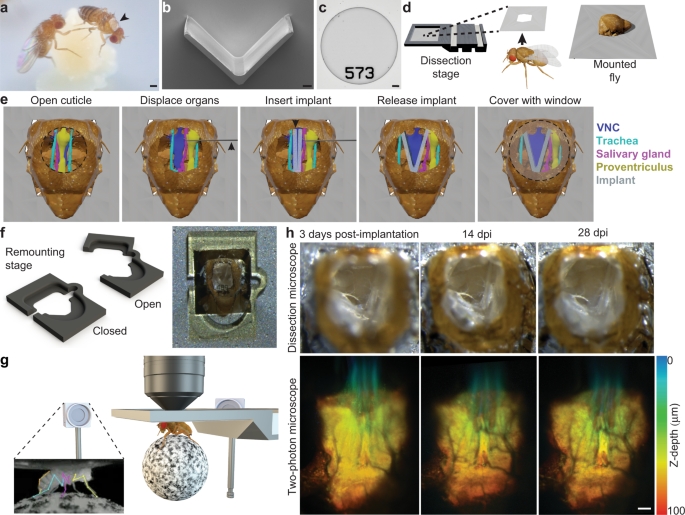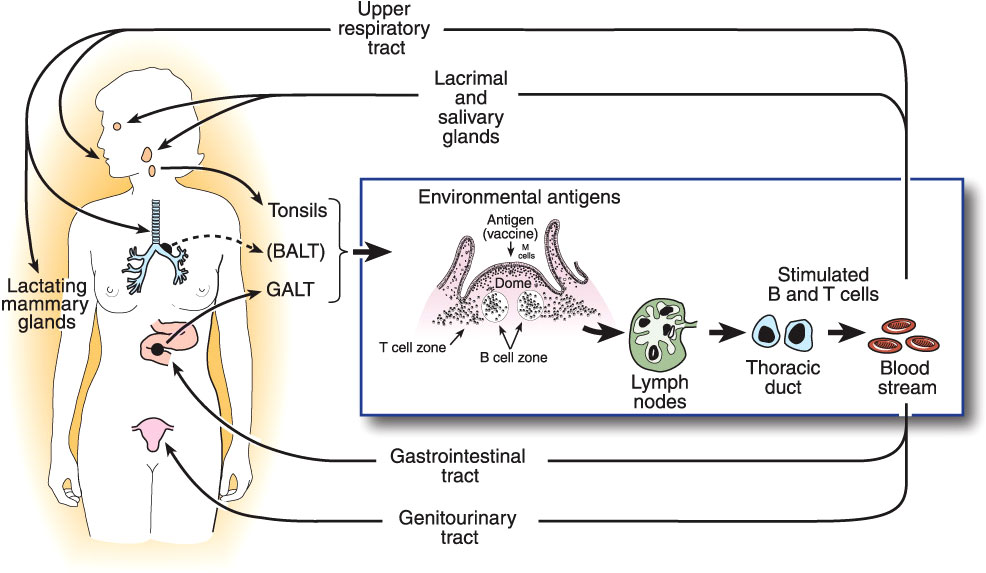麻疹と風疹の撲滅を実現するための新しい研究モデル New study models the feasibility of eliminating measles and rubella
2022-09-13 ジョージア大学 (UGA)
麻疹の基本的な再生産数(R0)は、完全に感受性のある集団において、1人の感染者がその病気を伝播する可能性がある人数を表し、およそ18である。一方、SARS-CoV-2ウイルスのR0は3程度と推定されている。
4つの国家疾病伝播モデルと1つの準国家モデルを用いて、モデリンググループは2つのワクチン接種シナリオにおける麻疹と風疹の年間症例数を予測した。
どちらのシナリオも,小児予防接種スケジュールの一部として定期的にワクチン接種を行う方法と,全国的なワクチン接種キャンペーンという,2つの一般的なワクチン接種方法を用いている。
1つ目の「business as usual」ワクチン接種シナリオは,将来にわたってワクチン接種とキャンペーンを継続するものである.2つ目の「投資強化」ワクチン接種シナリオは,長期的にワクチン接種率を最適化するものであった.このシナリオには、ワクチン接種キャンペーンの中止基準(人口の十分な割合が接種されたため、もはやキャンペーンが必要ないと判断される場合の停止点)も含まれている。
このモデルによると、現在のワクチン戦略では、93の郡すべてで風疹と先天性風疹症候群をなくすことができますが、はしかはなくなることがわかった。
<関連情報>
- https://news.uga.edu/current-vaccine-approach-not-enough-to-eradicate-measles/
- https://www.thelancet.com/journals/langlo/article/PIIS2214-109X(22)00335-7/fulltext
疾病撲滅のための麻疹・風疹ワクチン接種プログラムの実現可能性:モデル化研究 Feasibility of measles and rubella vaccination programmes for disease elimination: a modelling study
Amy K Winter, Brian Lambert, Daniel Klein, Petra Klepac, Timos Papadopoulos, Shaun Truelove, Colleen Burgess, Heather Santos, Jennifer K Knapp, Susan E Reef, Lidia K Kayembe, Stephanie Shendale, Katrina Kretsinger, Justin Lessler, Emilia Vynnycky, Kevin McCarthy,Prof Matthew Ferrari, Prof Mark Jit
The Lancet Global Health Published:October, 2022
DOI:https://doi.org/10.1016/S2214-109X(22)00335-7

Summary
Background
Marked reductions in the incidence of measles and rubella have been observed since the widespread use of the measles and rubella vaccines. Although no global goal for measles eradication has been established, all six WHO regions have set measles elimination targets. However, a gap remains between current control levels and elimination targets, as shown by large measles outbreaks between 2017 and 2019. We aimed to model the potential for measles and rubella elimination globally to inform a WHO report to the 73rd World Health Assembly on the feasibility of measles and rubella eradication.
Methods
In this study, we modelled the probability of measles and rubella elimination between 2020 and 2100 under different vaccination scenarios in 93 countries of interest. We evaluated measles and rubella burden and elimination across two national transmission models each (Dynamic Measles Immunisation Calculation Engine [DynaMICE], Pennsylvania State University [PSU], Johns Hopkins University, and Public Health England models), and one subnational measles transmission model (Institute for Disease Modeling model). The vaccination scenarios included a so-called business as usual approach, which continues present vaccination coverage, and an intensified investment approach, which increases coverage into the future. The annual numbers of infections projected by each model, country, and vaccination scenario were used to explore if, when, and for how long the infections would be below a threshold for elimination.
Findings
The intensified investment scenario led to large reductions in measles and rubella incidence and burden. Rubella elimination is likely to be achievable in all countries and measles elimination is likely in some countries, but not all. The PSU and DynaMICE national measles models estimated that by 2050, the probability of elimination would exceed 75% in 14 (16%) and 36 (39%) of 93 modelled countries, respectively. The subnational model of measles transmission highlighted inequity in routine coverage as a likely driver of the continuance of endemic measles transmission in a subset of countries.
Interpretation
To reach regional elimination goals, it will be necessary to innovate vaccination strategies and technologies that increase spatial equity of routine vaccination, in addition to investing in existing surveillance and outbreak response programmes.
Funding
WHO, Gavi, the Vaccine Alliance, US Centers for Disease Control and Prevention, and the Bill & Melinda Gates Foundation.


